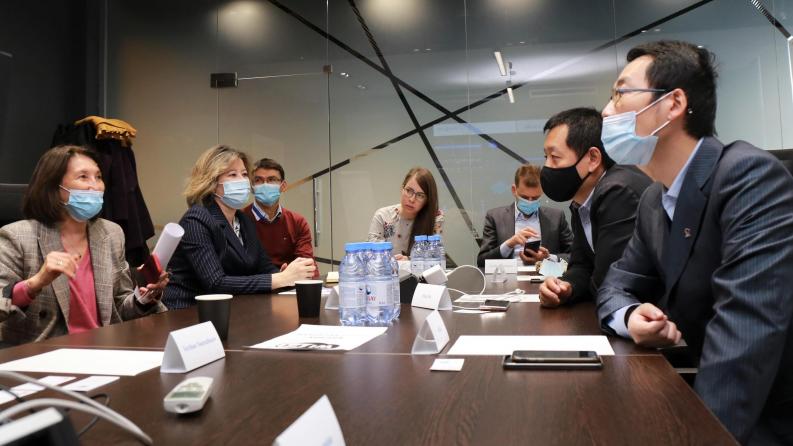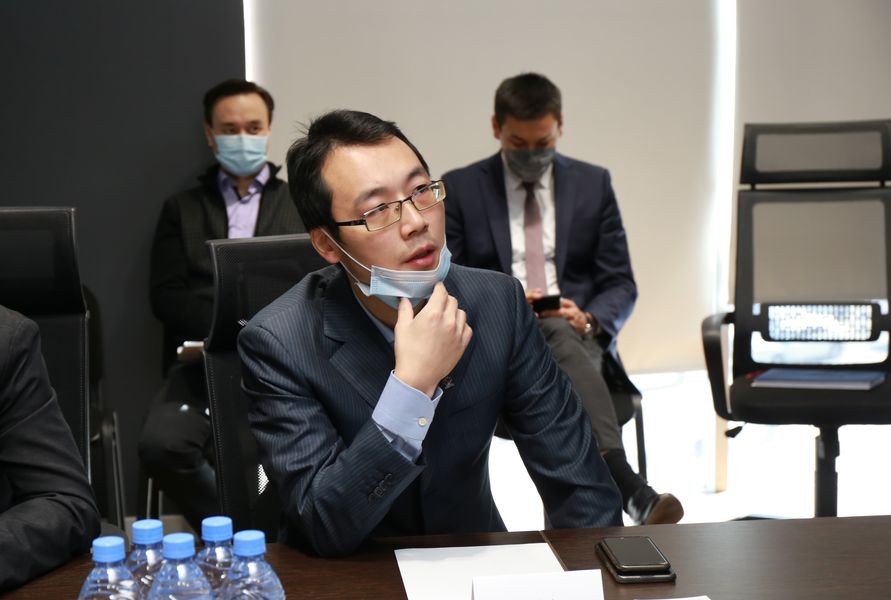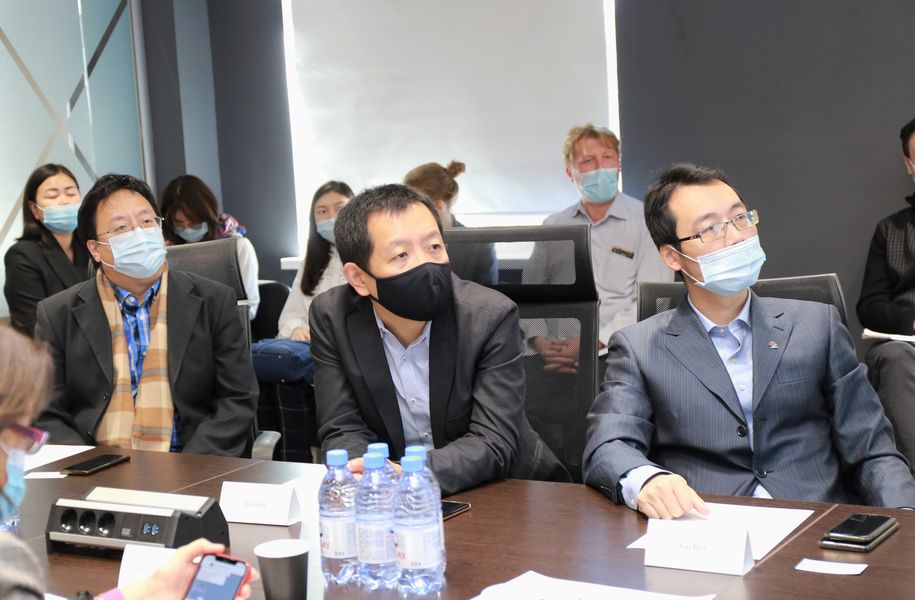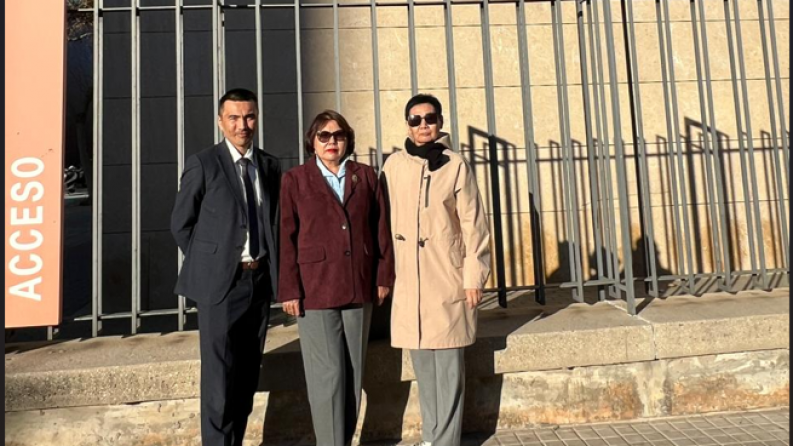Satbayev University met with Huawei Russian Research Institute

As part of the official visit of Huawei Russian Research Institute’s representatives to Satbayev University, a trilateral meeting of representatives from Huawei, Automation and Information Technology Institute, Digital Technology and Automation Institute as well as International University of Information Technology took place.
Representatives of Huawei got acquainted with University’s scientific and technical potential and discussed the collaboration possibilities in the field of IT, cybernetics, mathematics, information security, including in terms of organizing and passing internships for students on the basis of the company and implementing joint projects.
The meeting was attended by Vice-President of Russian Research Institute, Huawei Moscow Research Center director Hou Rui, the official of “IT-startups Astana Hub International Technopark” Ainur Yesbossynova, Automation and Information Technologies Institute director Raissa Uskenbayeva, Automation and Information Technologies Institute director Yerzhan Nauryzbayev and Vice-Rector for Science and International Relations at International University of Information Technologies Yevgeniya Daineko.

Huawei company supports research organizations and universities around the world. Since 1999, the company has been implementing the global Huawei Innovation Research Program (HIRP), within the framework of which it conducts research in mathematics, algorithms, development tools, as well as basic research in mathematics, physics, chemistry, biology, geometry, logic, thermodynamics, bionics spheres and other areas. About 80 thousand Huawei employees are involved in R&D. The company has a global network of 15 of its own R&D centers and 36 joint innovation ones.
Huawei Russian Research Institute’s officials arrived in Kazakhstan at the invitation of Astana Hub to get acquainted with the scientific and personnel potential as well as the country’s scientific infrastructure with the purpose to work out joint projects further implementation and the opening of a research center in Kazakhstan.











